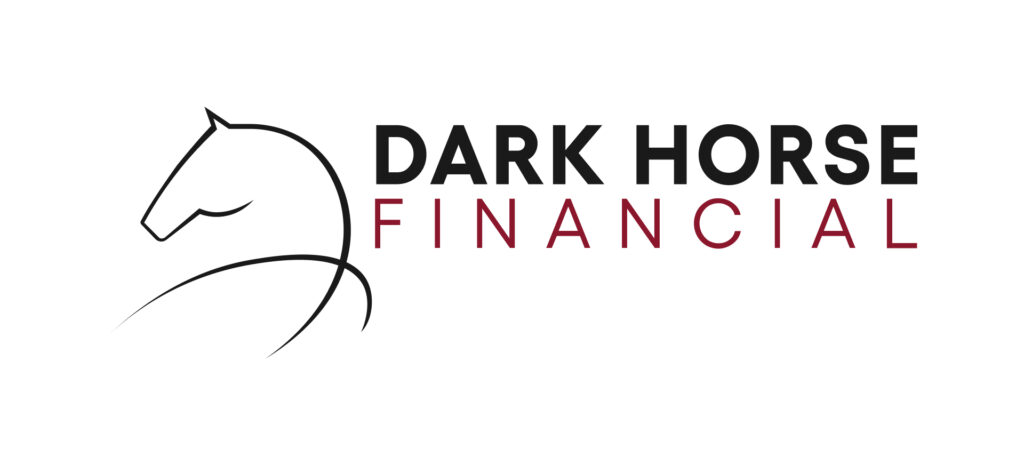Key Takeaways
- Fitout finance helps businesses cover the cost of designing, furnishing, and equipping commercial spaces while preserving cash.
- Financing options include secured and unsecured fitout loans, equipment finance, and business lines of credit.
- Soft costs like labour, design fees, and installation can be covered.
- Advantages include flexible repayment terms, potential tax benefits, and reduced upfront financial strain.
- Considerations include interest costs, loan obligations, and varying lender requirements.
When applying for fitout finance, lenders consider several factors to determine eligibility. Understanding these ways to finance fitout can help businesses prepare and improve their chances of approval.
For businesses wondering how to qualify for a fitout financing, it’s important to compare different finance options. Choosing the right financing can make it easier to qualify for a fitout finance in Australia without having to dip into working capital reserves to get your fitout completed.
What is Fitout Finance

Fitout finance is a funding solution that helps businesses cover the costs of designing, furnishing, and equipping their commercial spaces.
Instead of paying for everything at once, fitout finance allows you to spread the cost over time, making it easier to manage cash flow while keeping your business running smoothly.
Depending on the lender and finance type, soft costs like labour, design fees, and installation may also be covered, but this varies, so it’s important to check what’s included in your financing agreement.
Types of Fitout Finance
Not all fitout finance options work the same way. Depending on your business’s needs, budget, and financial goals, you can choose from several financing solutions:
1. Secured and Unsecured Fitout Loans
- A secured fitout loan requires security (which could be property or plant and equipment) and usually comes with lower interest rates.
- An unsecured fitout loan doesn’t require security, making it easier to access but often at a higher interest rate.
- Both options help businesses fund leasehold improvements, furniture, and essential fitout costs.
2. Equipment Finance
- Designed specifically to help businesses purchase equipment, such as commercial kitchen appliances, medical devices, office technology or machinery..
- Can be structured as a lease, chattel mortgage, or hire purchase, depending on whether you want to own the equipment outright or pay for it over time.
- Allows businesses to acquire the necessary tools without a huge upfront investment.
3. Business Line of Credit
- A flexible credit facility that lets businesses borrow as needed, up to a set limit.
- Ideal for covering unexpected fitout costs or managing cash flow during a fitout project.
- You only pay interest on the amount drawn, giving you more control over your finances.
Pros and Cons of Fitout Finance

It’s important to weigh the benefits and potential downsides before deciding and completing all the fitout finance qualifications:
Pros
- Helps preserve cash flow for other business expenses.
- Enables high-quality fitouts with the cost deferred over time.
- Can offer tax advantages depending on the finance type.
- Various financing options to suit different business needs.
Cons
- Interest and fees may increase the overall cost.
- Loan obligations can affect long-term financial flexibility.
How to Qualify for Fitout Finance

Here’s what lenders consider for fitout finance approval and how to improve your chances:
1. Assess Your Fitout Needs
Before applying, figure out exactly what you need. Are you setting up a factory, a restaurant, a gym, or a dental clinic? The type of fitout will determine the best financing option.
For example, a business recently relocated to a new commercial space and faced over $600,000 in equipment and setup costs. Instead of paying upfront, they used fitout finance to spread the cost over five years, making the move more affordable while keeping cash flow stable. Here’s how they did it.
2. Determine Your Budget
Work out how much you can afford in monthly repayments to choose a suitable loan amount and term.
3. Review Your Business Credit
Lenders assess your credit score to determine loan eligibility and interest rates. A strong credit history increases your chances of approval.
4. Choose the Right Fitout Finance Option
Select the financing option that best aligns with your business needs, whether it’s a secured or unsecured fitout loan, equipment finance, or a business line of credit. Ensuring the right fit will help manage costs effectively while keeping cash flow stable.
6. Work with a Finance Broker
Dark Horse Financial can help you navigate the process, find the best rates, and increase your chances of approval.
Quick Recap
Understanding fitout finance qualifications can make the process smoother and help you secure the right funding for your business. Whether you’re upgrading an office, launching a restaurant, or setting up a healthcare facility, the right finance solution can help you achieve your vision without putting pressure on your cash flow. If you’re unsure where to start, speaking with a finance expert can make a big difference in finding the best option for your needs.
Find the Right Fitout Finance for Your Business
Securing the right finance for your fitout starts with understanding fitout finance qualifications. Whether you need a secured loan, equipment finance, or a business line of credit, choosing the right option can help you spread costs while keeping your cash flow stable.





